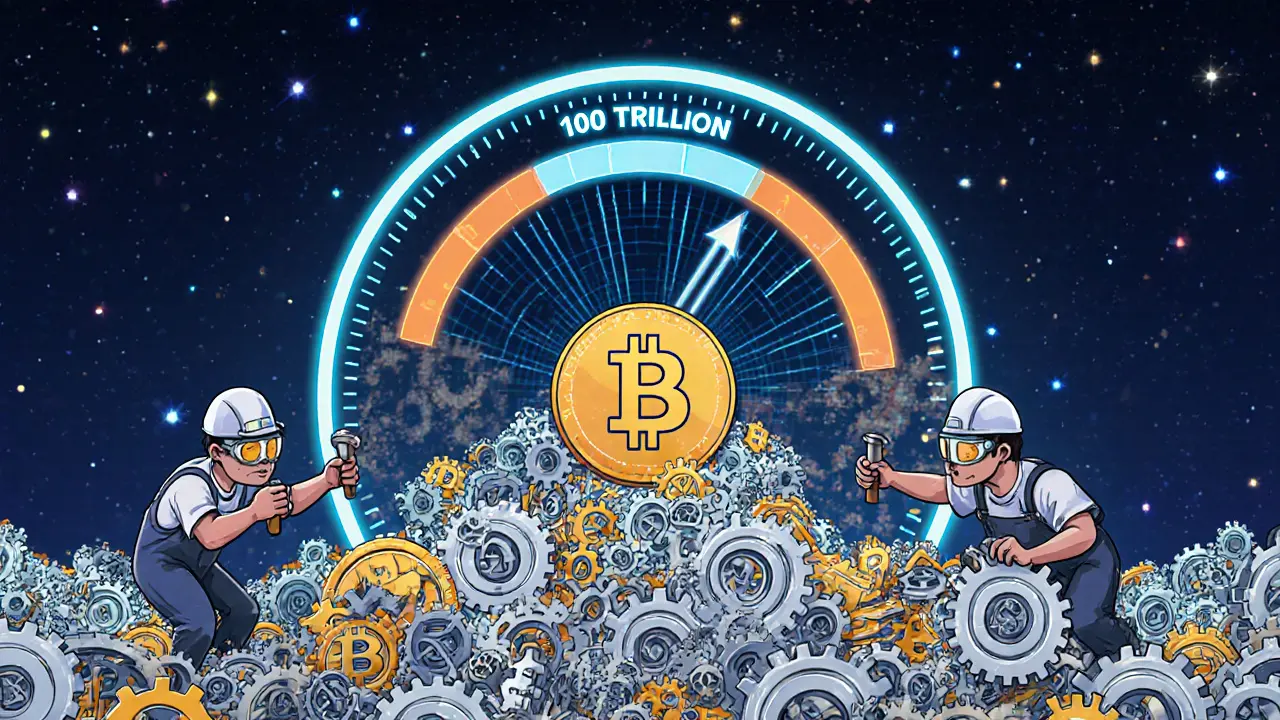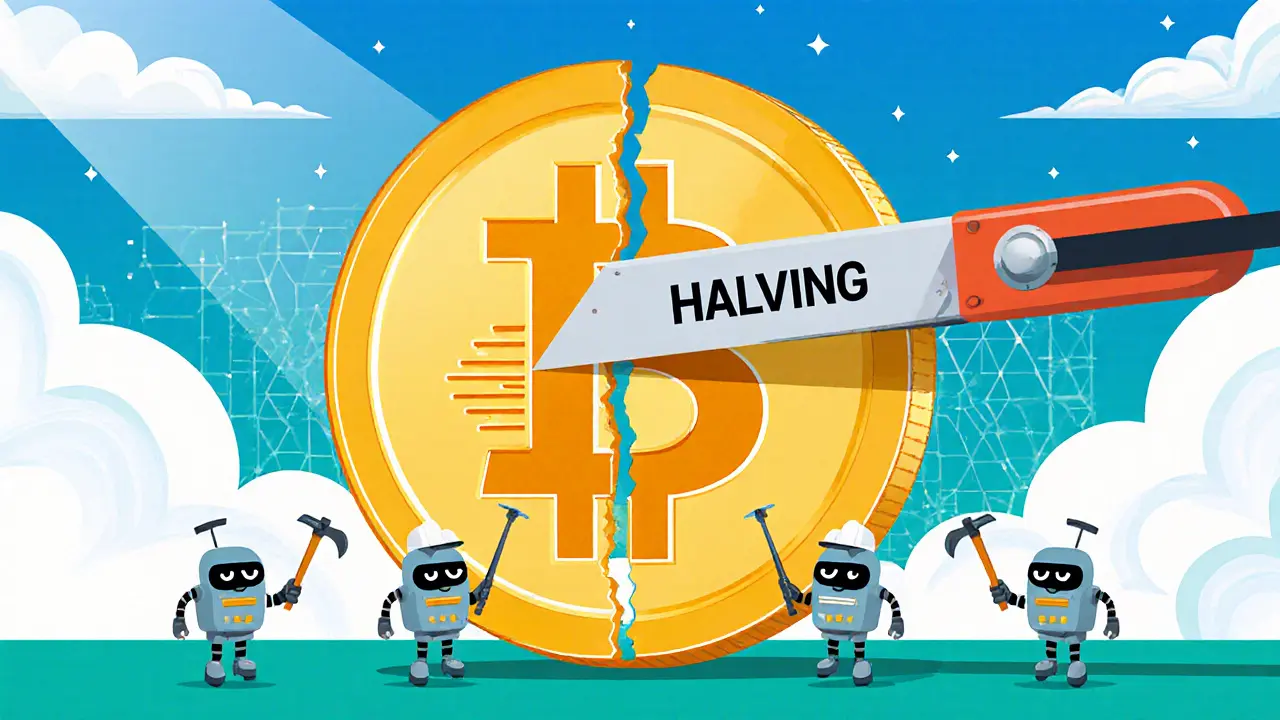Hash Rate: What It Means for Crypto Mining and Security
When you hear hash rate, the speed at which a mining device or network solves cryptographic puzzles, also known as hashpower, you’re looking at the core metric that powers proof‑of‑work blockchains. A higher hash rate means more guesses per second, which translates to faster block discovery, tougher security against attacks, and stiffer competition for mining rewards. In simple terms, hash rate is the heartbeat of any PoW network – faster beats keep the chain healthy, slower beats make it vulnerable. This metric ties directly to three big ideas: the amount of hardware you run, the collective power of miners in a pool, and the energy you spend to keep that hardware humming.
Why Hash Rate Matters Across Mining, Pools, and Hardware
In the world of Bitcoin mining, the process of using hardware to validate transactions and add new blocks to the Bitcoin blockchain, hash rate decides whether you’ll earn a block reward or sit on the sidelines. Most miners don’t go solo; they join a mining pool, a service that combines the hash power of many participants to increase the chance of winning blocks and sharing rewards proportionally. The pool’s total hash rate is the sum of each member’s contribution, so a pool with a higher hash rate can find blocks more consistently, giving individual miners steadier payouts. Your own hash rate, however, depends heavily on the type of ASIC hardware, application‑specific integrated circuits designed to compute hashes far faster than CPUs or GPUs you invest in. Modern ASICs can push terahashes per second, dwarfing older models and dramatically cutting the time needed to solve a puzzle. Yet, cranking up the hash rate isn’t free – it pulls a lot of energy consumption, the electrical power required to run mining equipment, often measured in kilowatt‑hours. High‑energy use drives up operating costs and fuels debates about the environmental impact of crypto mining. Balancing these three factors—hardware efficiency, pool participation, and electricity bills—is the art of profitable mining.
Understanding hash rate also helps you spot network health signals. A sudden drop in total hash rate can hint at miners exiting due to price slumps, regulation, or power shortages, which may make the network more prone to 51 % attacks. Conversely, a steady rise in hash rate shows growing confidence and investment in the ecosystem, often pushing transaction fees higher as competition stiffens. Whether you’re a hobbyist testing a single ASIC, a pool operator scaling to hundreds of megahashes, or an analyst watching global hash rate trends, the metric ties together security, economics, and sustainability. Below you’ll find a curated set of articles that break down hash‑rate trends, compare mining pools, guide you through choosing the right ASIC, and explore the energy debate – all to help you make smarter decisions in the ever‑changing world of crypto mining.

18
Nov
A 51% attack lets a single entity control more than half of a blockchain's mining power to reverse transactions and double-spend coins. Small cryptocurrencies are vulnerable - Bitcoin isn't. Here's how it works and how to stay safe.
Read More

19
Oct
Hash rate and mining difficulty are locked in a self-regulating cycle that keeps Bitcoin's block time at 10 minutes. As more miners join, difficulty rises to maintain stability - ensuring security and predictability for the entire network.
Read More

21
Sep
Learn how Bitcoin's halving cuts miner rewards, impacts hash rate and security, and forces miners to chase cheap energy and new tech. Practical tips and real‑world examples help you stay profitable.
Read More


